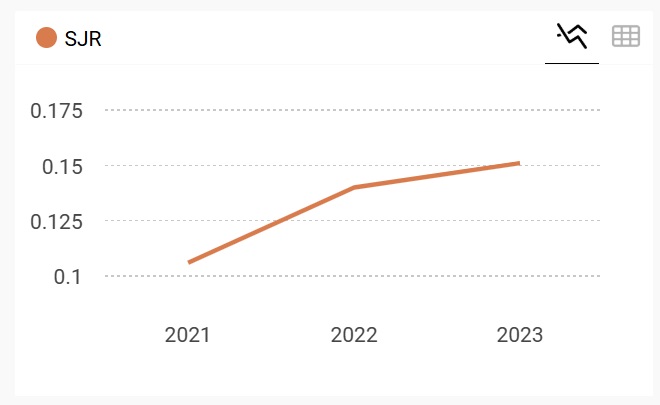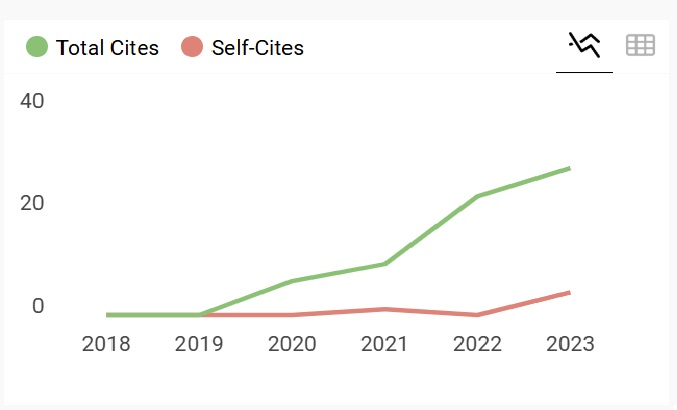The Role of Trade Facilitation and The Quantitative Assessment of Free Trade Agreement between Thailand and GCC
Keywords:
Trade Facilitation, Free Trade Agreement, Middle East countries, Trade Negotiation, LogisticsAbstract
This study considers trade facilitation in GCC and the possible welfare gains from trade agreement with GCC countries, comparing between the cases when there is an improvement in trade facilitation, and when there is no such improvement.
The problems regarding trade facilitation in GCC consist of the complexity of custom procedures, mainly from the process of legalizing export documents, the differences of GCC food standards from any other international standards, and the trade agency law and state enterprises that bring about monopoly.
A quantitative evaluation of impacts from the FTA and trade facilitation improvement with the GCC countries will be conducted by the Global Trade Analysis Project (GTAP) model, augmented by both direct and indirect costs of trading transaction. The simulation results indicate that tariff reduction scheme by itself provides only limited gains to Thailand. Benefits from the FTA will be more extensive if trade facilitation improvements are done well along with the tariff reduction. The marginal effects from the trade facilitation improvement proved to be significant.
The study also shows that priority groups on the list for tariff reduction should be placed on automobile and food sectors. These groups of product will play the most significant role on the Thai economy from the FTA with GCC. Moreover, improvement in trade facilitation that incurs direct cost should be focused on jewelry sector; while problems in exported food products related to the indirect cost which mainly induced by time constraints.
References
2.Fox, A., Francois, J. and P. Londono-Kent. 2003. Measuring Border Crossing Costs and their Impact on Trade Flows: The United States- Mexican Trucking Case. GTAP resource no. 1282.
3.Hummels, D. 2001. Time as a Trade Barrier. Department of Economics. Indianna: Purdue University, Mimeo.
4.Interek (2009) “Product Conformity Programme. Guidelines for Exporters and Importers”.
5.Konan, D (2003), “Alternative Paths to Prosperity: Economic Integration among Arab Countries”, in Galal, A. and B. Hoekman (eds), Arab Economic Integration, Egyptian Center for Economic Studies, Cairo and Brookings Institution Press, Washington D.C.
6.Minor, Peter and Tsigas, Marinos, 2008. “Impacts of Better Trade Facilitation in Developing Countries,´GTAP Conference Paper.
7.Ng, F. and A. Yeats. 2003. “Beyond the Year 2000: Implication of the Middle East’s Recent Trade Performance.” In Hoekman, B. and Zarrouk, J. (eds). Catching Up with the Competition. Ann Arbor: The University of Michigan Press.
8.Rutherford, T., Elisabet, E., and D. Tarr (2000), “A Free Trade Agreement between the European Union and a Representative Arab Mediterranean Country: A Quantitative
Assessment”, in Hoekman, B. and J. Zarrouk (eds), Catching Up with the Competition, The University Press of Michigan.
9.Wakenhorts, P. and Yasui, T. (2003), Quantitative Assessment of the Benefits of Trade Facilitation”, OECD Working Paper 31, 2003.
10.Wilson, J., Mann, C., and T. Otsuki. 2004. Assessing the Potential Benefit of Trade Facilitation: A Global Perspective. World Bank Policy Research Working Paper 3224.
11.World Bank (2008), Trade At-A-Glance
12.World Bank (2009) Ease of Doing Business
13.WTO. 2005. Trade Policy Review Qatar. WT/TPR/S/144.
14.WTO. 2006. Trade Policy Review United Arab Emirates. WT/TPR/S/162.
15.WTO. 2007. Trade Policy Review Bahrain. WT/TPR/S/185.
16.WTO. 2008. Trade Policy Review Oman. WT/TPR/S/201.
17.Zarrouk, J. 2003a. “Regulatory Regimes and Trade Costs.” In Hoekman, B. and Zarrouk, J. (eds). Catching Up with the Competition Trade Opportunities and Challenges for Arab Countries. Ann Arbor: The University of Michigan Press.
18.Zarrouk, J. 2003b. “A Survey of Barriers to Trade and Investment in Arab Countries.” In Gala, A. and Hoekman B. (eds). Arab Economic Integration. Washington DC: Brookings Institution Press.









